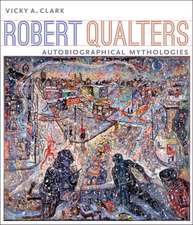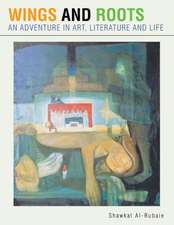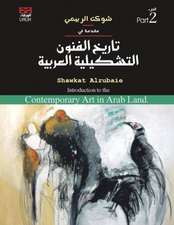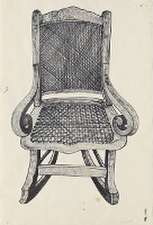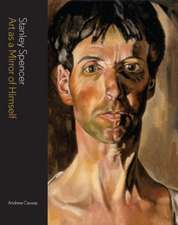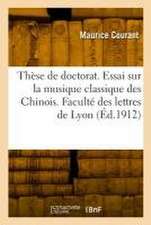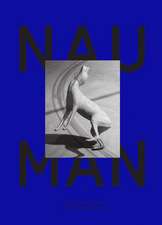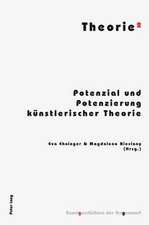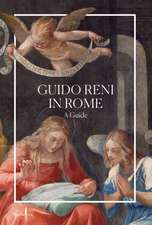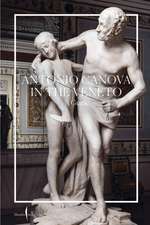RUTH ASAWA
Autor Robert Storren Limba Engleză Hardback – 21 mai 2018
Asawa began her now iconic looped-wire works in the late 1940s while still a student at Black Mountain College. Their unique structure was inspired by a 1947 trip to Mexico, during which local craftsmen taught her how to create baskets out of wire. While seemingly unrelated to the lessons of color and composition taught in Josef Albers's legendary Basic Design course, these works, as she explained, are firmly grounded in his teachings in their use of unexpected materials and their elision of figure and ground.
Presenting an important and timely overview of the artist's work, this monograph brings together a broad selection of her sculptures, works on paper, and more. Together the body of work demonstrates the centrality of Asawa's innovative practice to the art-historical legacy of the twentieth century. In addition to an incredible group of photographs of the artist and her work by Imogen Cunningham, a selection of rare archival materials will illustrate a chronology of the artist's life and work. Featuring an extensive text by Tiffany Bell which explores the artist's influences, history, and, most importantly, the work itself, as well as a significant essay by Robert Storr discussing Asawa's work in relation to mid-twentieth century art history, culture, and scientific theory.
Preț: 352.17 lei
Preț vechi: 415.21 lei
-15% Nou
Puncte Express: 528
Preț estimativ în valută:
67.38€ • 70.36$ • 55.65£
67.38€ • 70.36$ • 55.65£
Carte disponibilă
Livrare economică 25 martie-08 aprilie
Preluare comenzi: 021 569.72.76
Specificații
ISBN-13: 9781941701683
ISBN-10: 194170168X
Pagini: 176
Ilustrații: 100 Illustrations, color
Dimensiuni: 224 x 339 x 26 mm
Greutate: 1.59 kg
Editura: David Zwirner Books
ISBN-10: 194170168X
Pagini: 176
Ilustrații: 100 Illustrations, color
Dimensiuni: 224 x 339 x 26 mm
Greutate: 1.59 kg
Editura: David Zwirner Books
Notă biografică
Born in rural California, American artist, educator, and arts activist Ruth Asawa (1926-2013) was first exposed to professional artists while her family and other Japanese Americans were detained at Santa Anita, California, in 1942. Following her release from an internment camp in Rohwer, Arkansas, eighteen months later, she enrolled in 1943 in Milwaukee State Teachers College. Unable to receive her degree due to continued hostility against Japanese Americans, Asawa left Milwaukee in 1946 to study at Black Mountain College in North Carolina, then known for its progressive pedagogical methods and avant-garde aesthetic environment. Asawa's time at Black Mountain proved formative in her development as an artist, and she was particularly influenced by her teachers Josef Albers, Buckminster Fuller, and the mathematician Max Dehn. She also met architectural student Albert Lanier, whom she would marry in 1949 and with whom she would raise a large family and build a career in San Francisco. Asawa continued to produce art steadily over the course of more than a half century, creating a cohesive body of sculptures and works on paper that, in their innovative use of material and form, deftly synthesizes a wide range of aesthetic preoccupations at the heart of twentieth-century abstraction.


